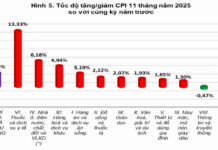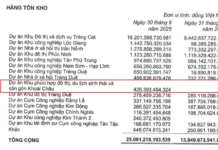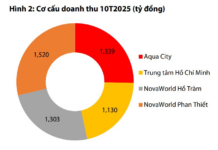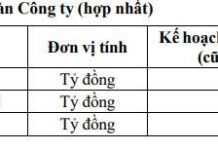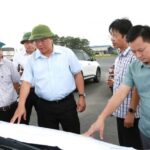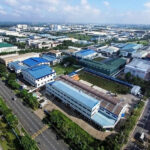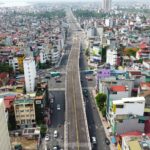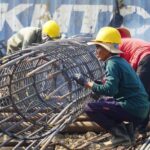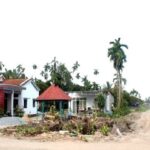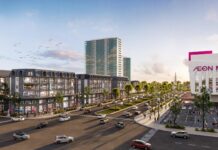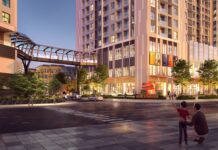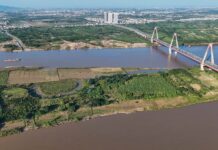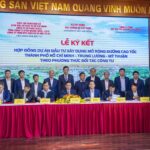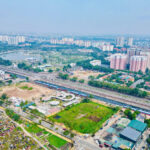According to information from the Department of Planning and Investment today, Ca Mau province will allocate over VND 860 billion for site clearance to implement the investment project for upgrading and expanding Ca Mau Airport. The project is expected to be carried out within 2 years (2024 and 2025) with funding from the local budget.
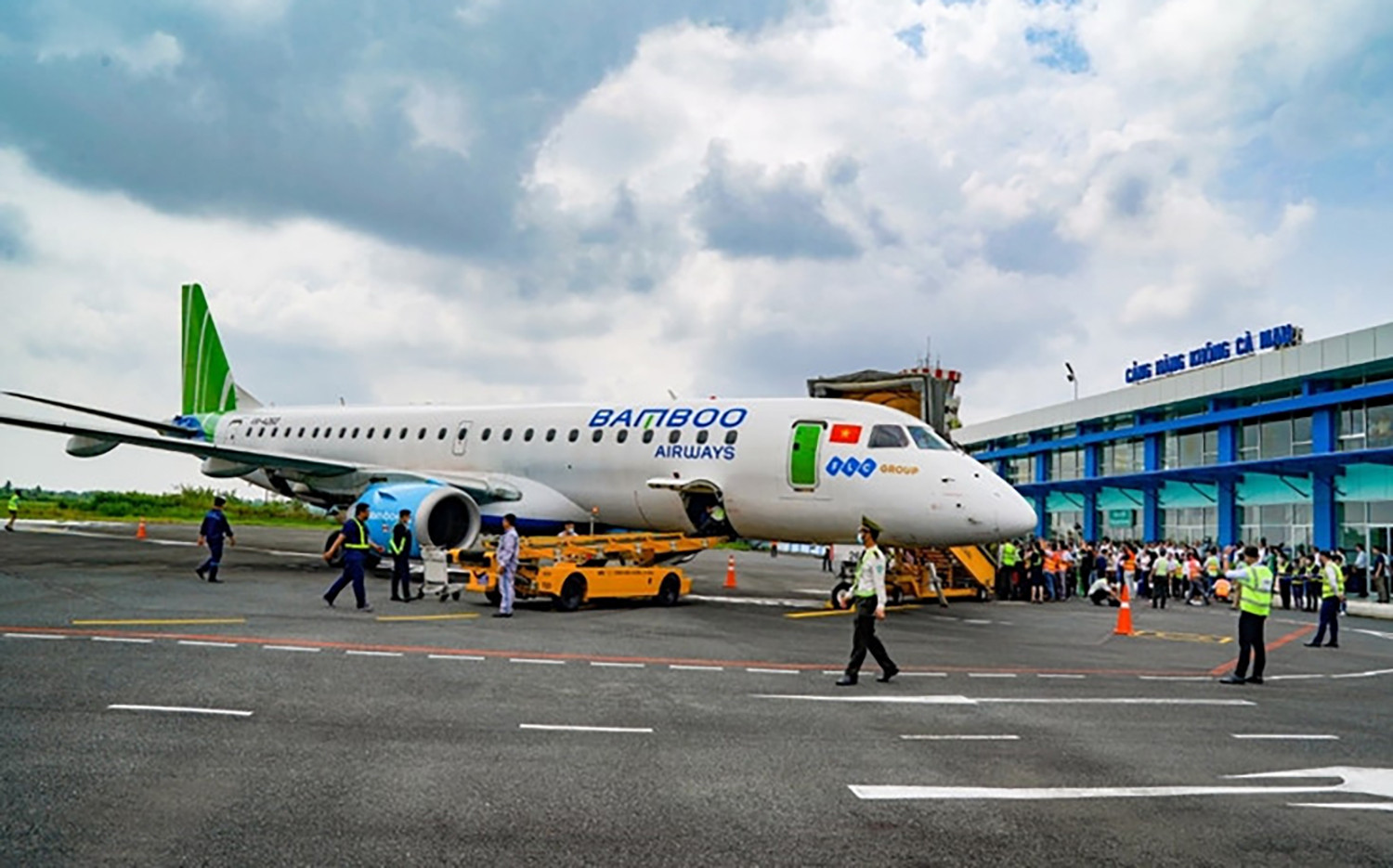
Ca Mau Airport will be upgraded to accommodate 1 million passengers annually. Photo: Huy Spotter |
The site clearance will be carried out on an area of over 100 hectares in Ward 6 and Tan Thanh Ward, Ca Mau city. After a thorough review, the authorities identified 5 organizations and more than 700 households and individuals affected by the project.
According to the Department of Planning and Investment, from now until the end of the year, the province will carry out procedures for land measurement, inventory of assets attached to the land, and formulation of compensation plans, as well as provide support for resettlement and partial site handover.
The locality also strives to hand over the remaining construction site to the Vietnam Airports Corporation by early 2025.
The People’s Committee of Ca Mau province directs relevant agencies to fully implement compensation, support, and resettlement policies, ensuring that affected households are relocated to stable and safe residential and production areas.
Currently, Ca Mau Airport has a 1,500-meter-long and 30-meter-wide runway, which can only accommodate short flights using ATR72 or equivalent aircraft. There is only one flight route, Ca Mau – Ho Chi Minh City and vice versa, with a frequency of 4 flights per week.
According to the approved master plan, the airport will be a domestic airport for both civil and military use.
Specifically, from 2021 to 2030, Ca Mau Airport will be a grade 4C civil airport and a grade 2 military airport. The airport will serve approximately 1 million passengers and 1,000 tons of cargo annually.
Looking ahead to 2050, the airport’s capacity is expected to be increased to accommodate around 3 million passengers and 3,000 tons of cargo per year.
Tran Tuyen
Unlocking Transport Projects: The Chairman’s Initiative
Chairman of the People’s Committee of Vinh Phuc Province, Tran Duy Dong, has urged relevant departments, sectors, and local authorities to focus on addressing challenges and obstacles, particularly in the compensation and site clearance process, for three crucial transportation projects in the province.
The Capital’s $50 Million Road: A 6-Year Long Journey to Success in Long Bien District
The construction project, a 1.5 km-long road connecting Nguyen Van Cu Street to the end of the Ngoc Thuy resettlement area (Long Bien District), is in its final stages of completion. With a total investment of VND 1,200 billion, the road is set to open to traffic by October, offering smoother connectivity and improved infrastructure for the community.
The Art of Expediting: A Nudge from the Top to Spur Investment Action
The Ho Chi Minh City People’s Committee has issued a warning to districts, counties, and project management units regarding their 2024 public investment disbursement plans. The plans fell short of the expected 95% ratio, prompting the committee to emphasize the importance of timely and efficient allocation of funds for the city’s development projects.
Unlocking the Snags: Bình Dương’s Approach to Tackling Relocation Debt for the Vành Đai 3 Road Project
The Ho Chi Minh City Ring Road 3 project, spanning through Binh Duong province, is in a race against time. However, it currently faces challenges in resettlement for those affected by the clearance. To address this situation, authorities have opted for a temporary solution by allocating a budget to support housing rentals for the displaced residents.








